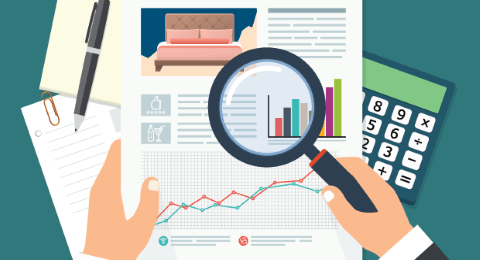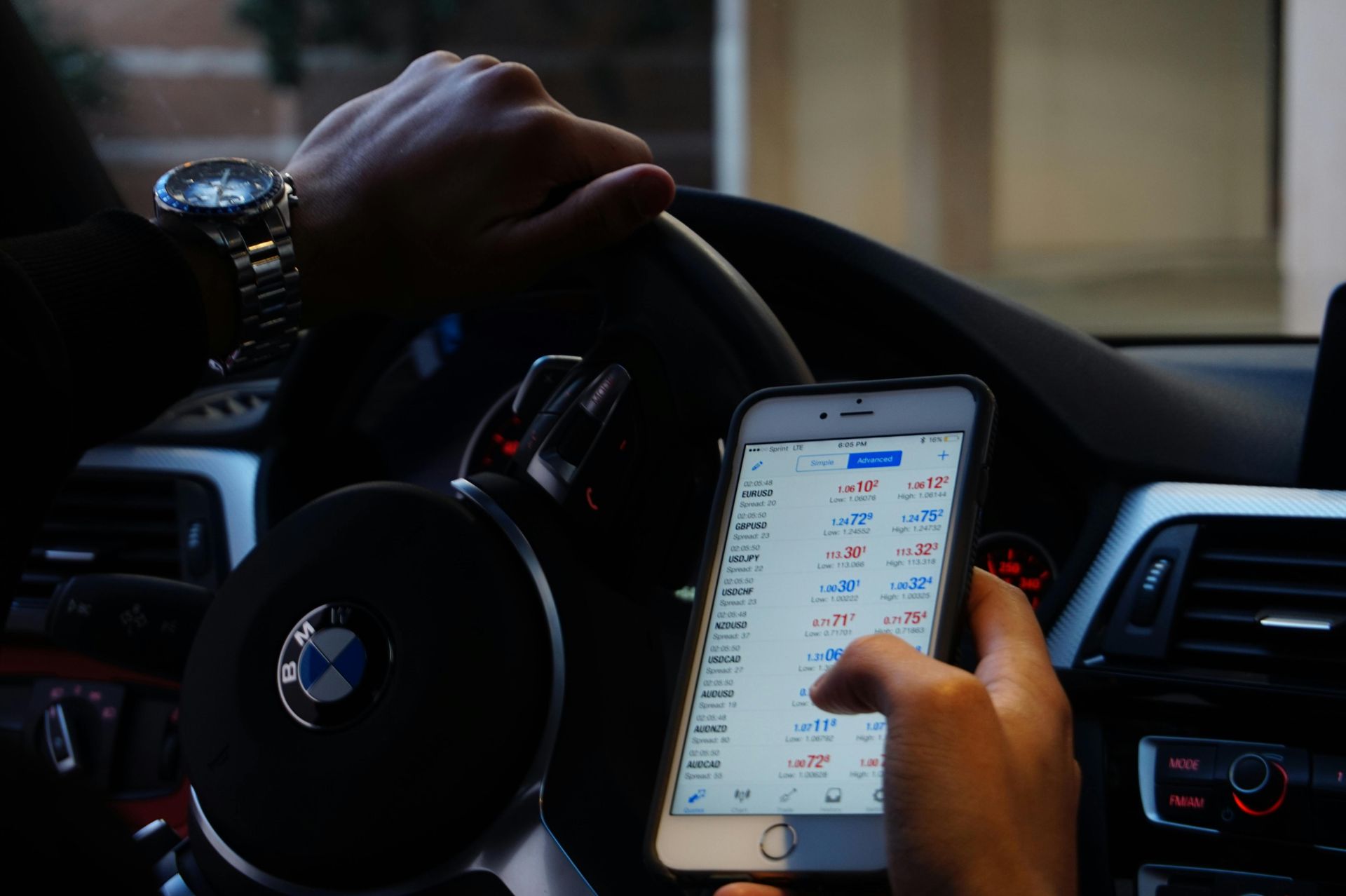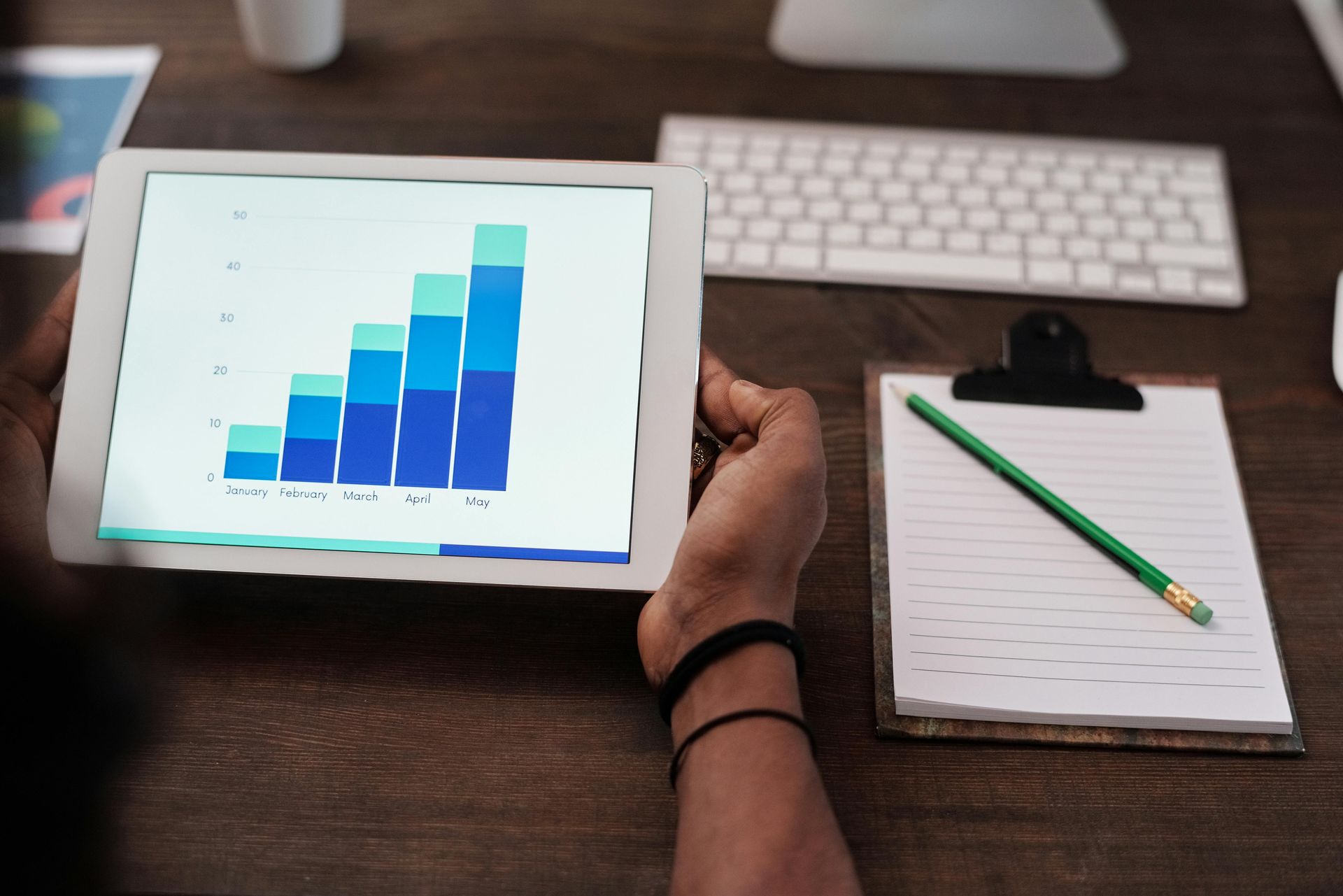Share

Inside retailers’ four walls, innovative managers are shifting the way they use technology, from exclusively lowering costs to generating more revenue. Handhelds are at the forefront of this evolution.
While retailers have been increasing their use of mobile applications and advertising as a lure to get consumers into the store, many are now using smart phones and tablets within the stores to generate more sales per square foot. These opportunities also raise a number of questions that I’ll address later: what best to deploy, how to evaluate the financial case, and how to test a scaled-up roll out to prevent the potentially high cost of getting something wrong.
To first give some context, the Apple store provides a good case study of using handhelds as a revenue generator in a retail setting. It also happens to be the nation’s most productive retailer on a sales-per-square-foot basis, with its $6,000 doubling Tiffany’s $3,000 level — and well more than six times the $900 per square foot generated at electronics industry peer Best Buy.
While Apple’s high price points on hot products are certainly a driver, one should equally consider the store layout and ease with which Apple helps customers buy. Every sales person can not only help you choose a product, but also close the deal by using their smart phone to take your credit card. Simply put, the Apple store has far more cash registers, getting people to close a purchase faster, and increasing velocity of sales in the same footprint.
Fewer walk aways, and wander arounds On the surface, this approach would seem contrary to long-held retailing tenets: rather than closing sales in the middle of the store, you typically want customers to wander through the store long enough to maximize the potential purchase basket; and having them wait in line leads to extra incremental purchases of lower-cost but high-margin items near the cash register.
There are two counter-arguments to these strategies. First, there is a segment of customers who walk into a retail location, see a long line, and leave without spending any money. They want what you sell but prefer to get it with greater convenience, whether on the Internet or from another brick-and-mortar store. Second, if the person with the register can roam the store with a customer, they are in a far better position than a static cashier to offer relevant upgrades, accessories, or other incremental sales. In previous attempts to speed check out and save costs, many retailers introduced the self-checkout.
An ironic twist to Apple’s retail strategy is that the company — which is famous for making technology easy to use — is not using the smartphone technology to replace staff. Rather, it uses it to maximize productivity of real estate.
With today’s technology, sales people don’t even need to be bound by the store’s walls: In certain settings — malls for example — they may find it appropriate to discuss the customer’s choice of available options for bigger-ticket options while relaxing on a bench outside the store with a cup of coffee. And with payment systems like Square Register, they can even accept credit-card payments to close the deal right there.
Testing the waters Introducing new technology may be enticing, but how does a retailer distinguish between nice to have and need to have? There are several critical questions:
- Does it help me better serve my customers and/or add customers? Examine where and how they shop and whether this technology makes it easier for some to buy who may not have otherwise; for some to buy more relevant products, improving their shopping experience; and for others to simply buy more because of better up-sell and cross-sell.
- What’s the potential financial case to the store, and share price? You should be able to justify the cost based on return on investment. Factor in productivity factors like sales per square foot, as well as benefits like decreased customer loss, the opportunity to lure new customers, and increased lifetime value for current customers from a greater inclination to buy. Net these against the cost to launch and projected costs to maintain and upgrade equipment over time. Finally and critically, compare the potential margin improvements with those of other capital expenditures such as new stores. Chances the numbers will show that these tools are worth testing out.
- Can I test it first? Smaller retailers have more flexibility to try new things because their upfront equipment costs are relatively low and they can often take risks that don’t seem so large, even if just because the management team is leaner and can make decisions more quickly. But larger retailers can improve their agility and innovation in this arena. By identifying test groups, they can even set up “competitions” of sorts between different ideas to see which is the most promising, make necessary adjustments, and then scale up.
With a better understanding of how these tools drive value to the customer, a financial case for them, and a plan to test and adjust how they’re deployed, you’ll have the data you need to make an informed business decision. You will also have the ammunition you need to get the capital-allocation and infuse this discussion about technology into the budgeting process, alongside typical capital deploys such as real estate and ongoing expenses like marketing. You may even take it as far as thinking about direct comparisons with contributions from circulars, couponing, co-op advertising, and slotting fees. There are a lot of innovative ideas out there that can create a lot of value, if you can determine what drives value and how to track potential and results.
Rafi Musher is founder and CEO of the global strategy consulting firm Stax and is based in the firm’s New York office.






